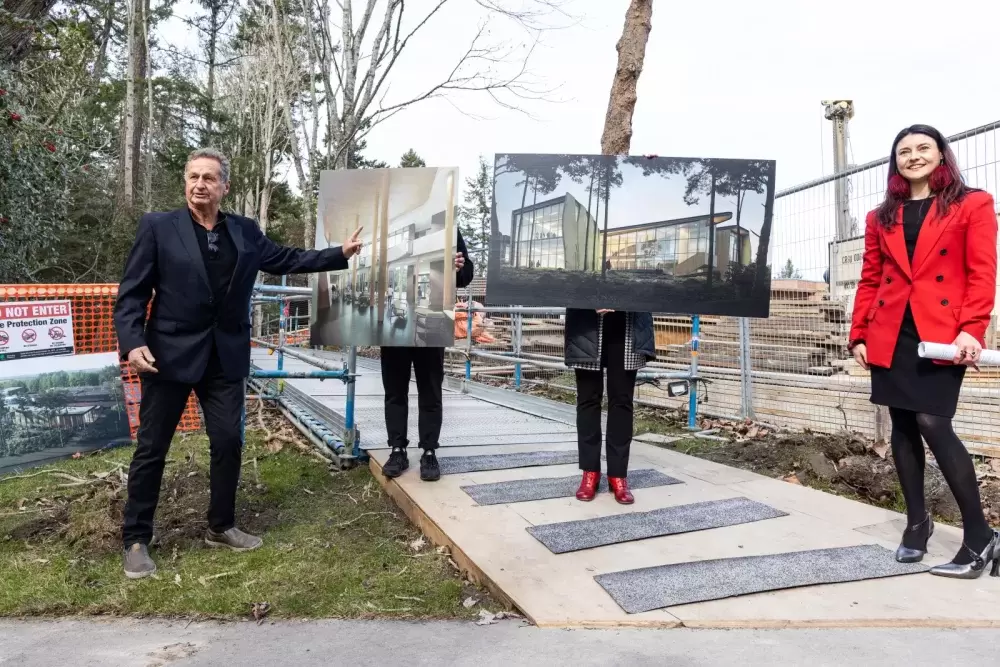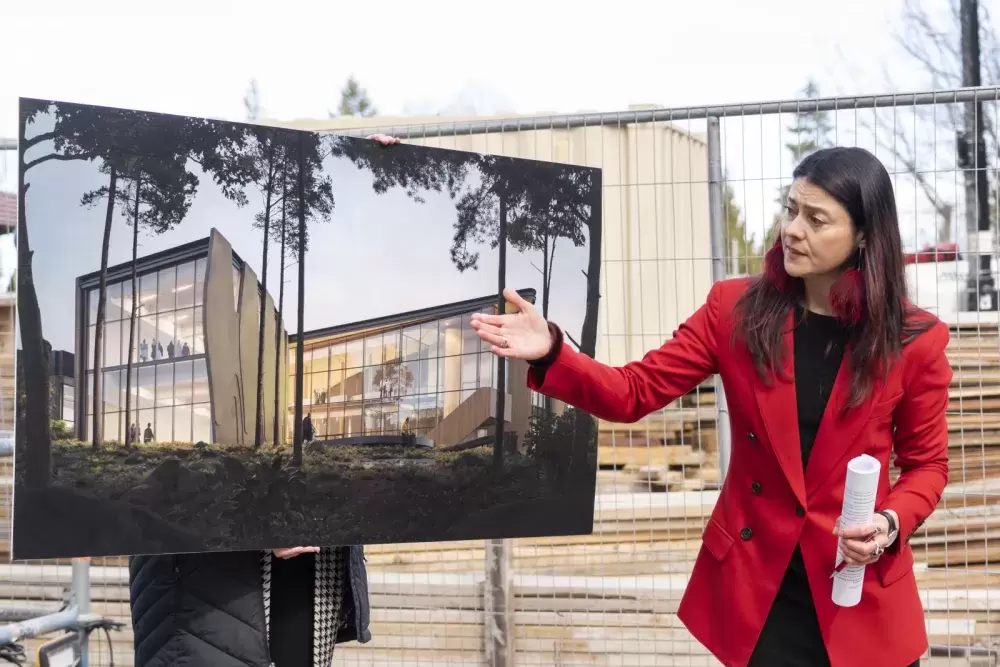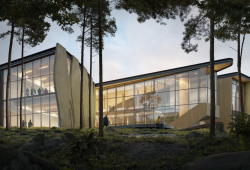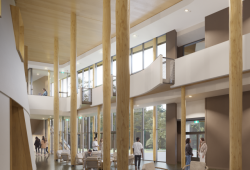In 2018, the University of Victoria became the first in the world to have a program focusing on Indigenous law. And now, months after the program’s first class has graduated, construction has begun on a major facility upgrade.
The National Centre for Indigenous Laws (NCIL) is multi-million-dollar facility, with funding donations from the Law Foundation of British Columbia, and both the federal and provincial governments. Once completed, it will be home to a joint degree program in Canadian Common Law and Indigenous legal orders, as well as the Indigenous Law Research Unit.
The NCIL is being constructed as an addition to the already existing Fraser law building, and will also contain the Environmental Law Centre, the Business Law Clinic, and the Access to Justice Centre. There will also be spaces for gatherings and ceremonies, as well as an elders’ room and garden.
“This physical structure represents a sanctuary where our laws, which enable us to be peoples, will be safe, and where both Indigenous and non-Indigenous students will learn about those laws, creating the foundation to a multi-juridical Canada,” said Dean of Law Val Napoleon.
When the program launched in 2018, a large goal was to provide the groundwork to expand the legal system in Canada, and allow Indigenous law to work in concert with other levels of Canadian law, something which advocates have been wanting for years, and that has seen improvements recently.
Kate Gunn and Cody O’Neil from the First Peoples Law Corporation have worked to highlight this, showing the struggles of the Canadian legal system to work with Indigenous law, but also showing the progress being made in recent years. In Whalen v. Fort McMurray No. 468 First Nation, a 2019 case, the court determined that it was able to “recognize the existence of a rule of Indigenous law when it is shown to reflect the broad consensus of the membership of a First Nation,” when it comes to elections.
There have also been family law cases as far back as 1993, which included the right to customary adoption under section 35 of the Canadian Constitution.
There is still much work to be done, however. In the high-profile case of the Wet’suwet’en roadblocks and Coastal GasLink, the courts determined that Indigenous laws are only effective under Canadian law if they have been recognized prior “through treaties, court declarations or statutory provisions.”
“It is imperative that Canadian governments begin to acknowledge the role of Indigenous law in the formation and existence of Canada based on the growing call from Indigenous and non-Indigenous people alike to finally respect and be accountable to Indigenous laws on Indigenous lands,” say Gunn and O’Neil in a study.
Construction of the NCIL broke ground in early March, and is expected to be completed in the Fall of 2024. The University of Victoria has partnered with Two Row Architect as the main consultant, an Aboriginal-owned company from Ontario. They will also be working to employ local carpenters and labourers, and have an Indigenous-owned company from Duncan working on civil and excavation.





